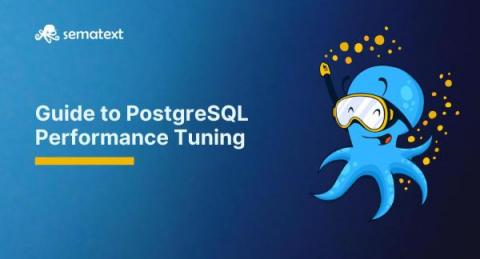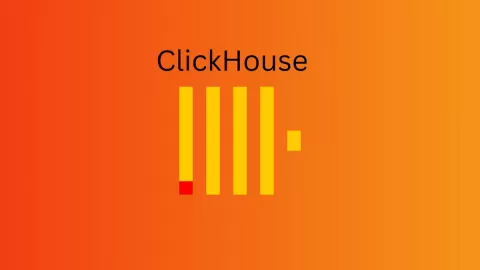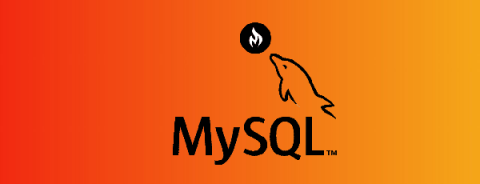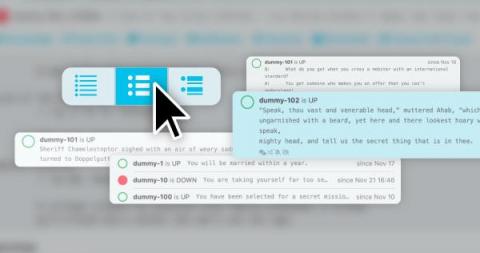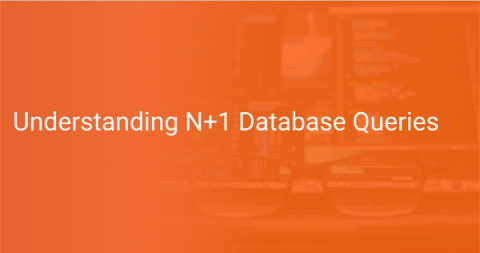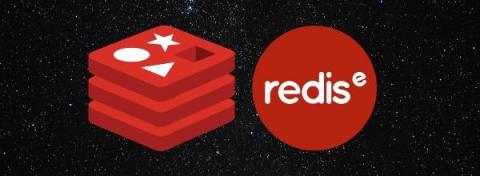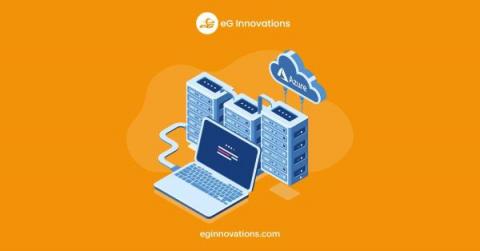A Complete Guide to PostgreSQL Performance Tuning: Key Optimization Tips DBAs Should Know
PostgreSQL is an open-source relational database that is highly flexible and reliable and offers a varied set of features. Even though it is a complex database, it provides great integrity and performance. Also, you can deploy it on multiple platforms, including a light version for websites and smartphones. Because you can deploy Postgres in different ways, it comes out of the box with only some basic performance tuning based on the environment you’re deploying on.


